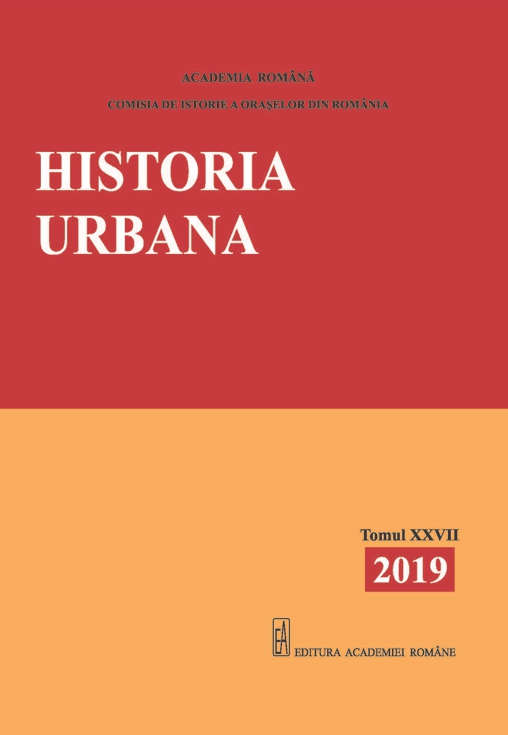Porticul bucureștean ca extensie a circulației pietonale – un demers arhitectural-urbanistic eșuat
Bucharest Porticoes as Extensions of Pedestrian Traffic – a Failed Architectural and Urbanistic Approach
Author(s): Valeriu-Eugen DrăganSubject(s): Architecture, Local History / Microhistory, Transformation Period (1990 - 2010), Present Times (2010 - today)
Published by: Editura Academiei Române
Keywords: traffic and trade relationship; porticoes; extensions of pedestrian traffic; urban and architectural design; Bucharest
Summary/Abstract: The impact of pedestrian traffic on the urban structure of a city may seem insignificant compared to that of vehicle traffic, but there are sufficient arguments for paying attention to it. Pedestrian traffic is not limited only to the existence of sidewalks that flank the carriageway. Buildings with porticoes and commercial passages represent urban and architectural solutions that support this type of traffic and that - through their relationship with the public space – generate a spectacular urban image that, in time, has led to urban patterns and typologies. These urban and architectural solutions attract pedestrian traffic towards commercial spaces, due to the comfort and protection against bad weather and sun rays that they provide for the public.Trade is developing transport as a means of moving faster and more intensively for merchandise, but it also supports these building typologies, which bring variety to the urban landscape, both by polarizing pedestrian traffic towards commercial spaces and improving traffic flow.Regardless of the way we look at porticoes – either as extensions of pedestrian traffic or as extensions of the built area towards the public area – they represent a compromise generally accepted for their quality of meeting both requirements.In Bucharest most porticoes were built during the ’50s and ’60s. Frequently misunderstood, they often represent a failure because either the original concept has been stopped or incoherently modified, or they are misused and sometimes even closed in order to expand commercial spaces. Thus, the typology of portico buildings is insufficiently highlighted, without ensuring either an attraction to commercial spaces, or an extension of pedestrian traffic.
Journal: Historia Urbana
- Issue Year: XXVII/2019
- Issue No: 27
- Page Range: 297-313
- Page Count: 17
- Language: Romanian
- Content File-PDF

